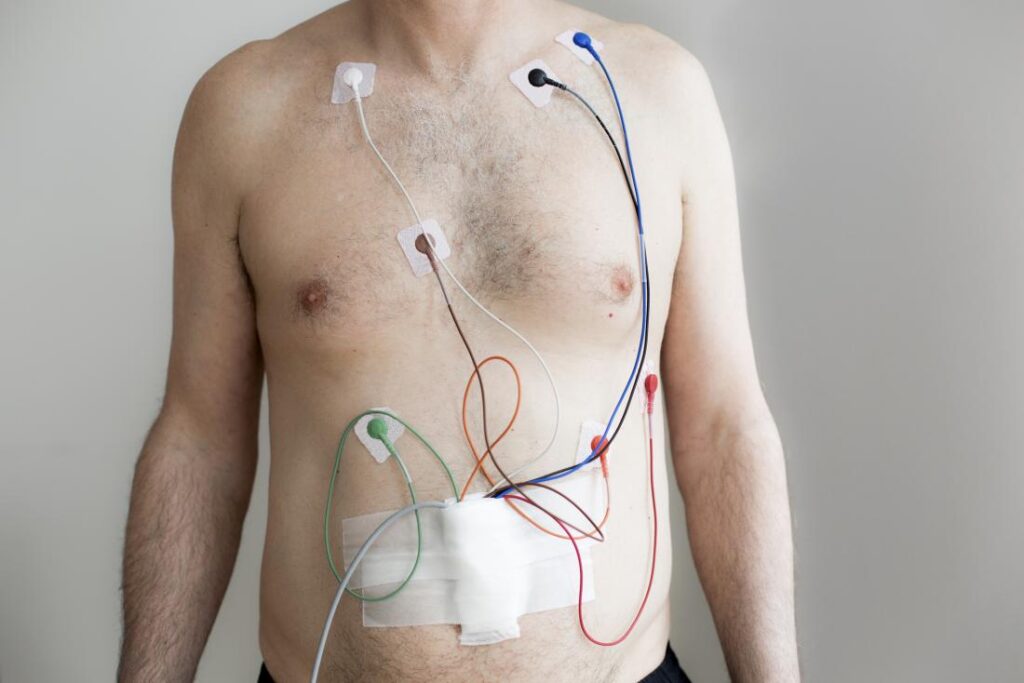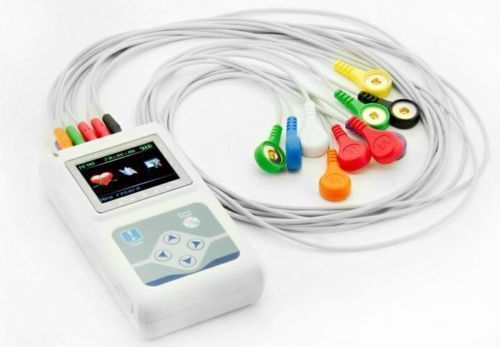HOLTER MONITORING
Home < HOLTER MONITORING
Best Holter Monitoring Doctor in Hadapsar - Dr.Jagjeet Deshmukh
A type of portable electrocardiogram, the Holter monitor is (ECG). It continuously monitors the heart’s electrical activity for 24 hours or longer when you are away from the doctor’s office. One of the easiest and quickest measures used to measure the heart is a normal or “resting” ECG.
A small, battery-powered medical device that monitors the operation of your heart, such as rate and rhythm, is a Holter monitor. If they need more detail about how your heart works than a routine electrocardiogram (EKG) can give them, your doctor might ask you to use one.
Twenty-four-hour monitoring by Holter is a continuous 24-hour test to record the rate and rhythm of the heart. For 12 to 48 hours, you wear the Holter monitor while you go through your usual everyday routine. Exactly like a regular EKG, this device has electrodes and electrical leads, but it has fewer leads. Not only does it pick up the rate and rhythm of your heart, but also when you experience chest pain or show symptoms of an irregular heartbeat or arrhythmia.


How it works
The Holter monitor is small. It’s slightly bigger than a playing card deck. Attached to the display are multiple leads or cables. The leads attach to electrodes that are placed with a glue-like gel on the skin of your chest. The metal electrodes conduct the movement of your heart through the wires and, where it is registered, into the Holter monitor.
You’re wearing a small pouch that carries the monitor itself around your neck. During the testing process, it is necessary to keep the monitor close to your body to make sure the measurements are correct. If they become loose or fall off during the test process, the doctor will show you how to reconnect the electrodes.
